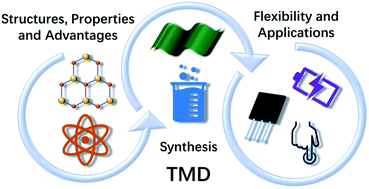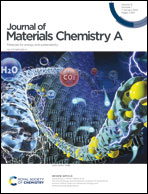Flexible electronics based on 2D transition metal dichalcogenides
Abstract
Flexible devices play an important role in various fields such as electronics, industry, healthcare, military, space exploration, and so on. Traditional materials used for flexible devices include silicon, inorganic oxides, and polymers. However, these materials show some drawbacks such as high rigidity, low electrical conductivity, or being costly for large-scale manufacturing. Transition metal dichalcogenides (TMDs) have attracted great interest in the last decade due to their layered structures, and relevant publications have gained rapid growth. TMDs exhibit tunable properties as a function of layers. TMDs show semiconducting/metallic transition, direct/indirect band transition, strengthened flexibility, and increased transparency with the decreasing layer number. Such tunable properties of TMDs allow them to be promising materials for flexible devices. As part of this review, the initial discussion is on the structural information of TMDs. Subsequently, recent improved synthetic routes and phase engineering of TMDs will be introduced. Then, we introduce the studies and challenges of flexible and stretchable devices. And then we review some recent studies on TMD-based flexible devices, including transistors, energy storage devices, and sensors. In the end, some comprehensive discussion and perspectives for the future trend of flexible devices will be given.



 Please wait while we load your content...
Please wait while we load your content...